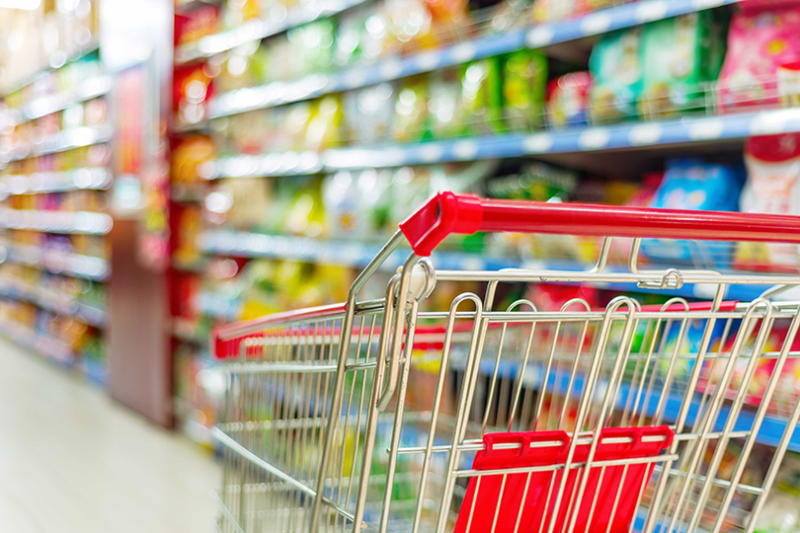By Jennifer Whitlock
Field Editor
The latest U.S. Bureau of Labor Statistics (BLS) Consumer Price Index (CPI) Summary confirmed what many consumers already suspected—inflation is still going strong as we head into the end of 2021.
Over the last 12 months, the all-items index increased 6.2% before seasonal adjustment, according to the report. That’s the biggest rise in 31 years.
Energy, fuel, vehicles and housing prices increased significantly over the past 12 months, BLS reported.
Along with pain at the fuel pump, where gasoline costs have surged 49.6% year-over-year, consumers are feeling the pinch of higher prices in their grocery carts.
Meat, poultry, fish and eggs were up 2.2% in September, 1.7% last month and 11.9% year-over-year. Beef and bacon are up 20% since the same time in 2020, BLS said.
It’s getting pricier to dine out, as well. The cost of food away from home is rising at its fastest clip since the early 1980s, according to historical CPI data. Inflation in that sector currently hovers at 5.3%, just below the increase in food at home costs.
And thanks to inflation, consumers are effectively earning less. The Real Earnings Summary, which BLS releases the same day as the CPI, shows real average hourly earnings for all employees decreased 0.5% from September to October, seasonally adjusted, and 1.2% from October 2020 to October 2021.
Although U.S. Department of Agriculture (USDA) data indicate farm-level prices, or the prices farmers and ranchers are paid for their commodities, is set to increase this month for eggs, soybeans, vegetables and wheat, inflation is hitting agriculture hard, too.
Higher fertilizer, fuel, seed and other input costs have farmers and ranchers feeling less than optimistic about potential higher crop prices.
“As consumers see higher food prices at the grocery store due to inflation, Texas farmers and ranchers continue to struggle with market prices and extremely high input costs,” Texas Farm Bureau (TFB) National Legislative Director Laramie Adams said. “While market prices have improved slightly, a number of major challenges remain that negatively impact farmers and ranchers. We are hearing from members who are unable to obtain parts for equipment, as well as fertilizer and chemicals for their crops. When you add inflation to the mix, higher market prices do not always correlate to more profit for farm and ranch families. When the overall economy is in distress, agriculture feels the impacts just like everyone else. It is critical for leaders to address issues like inflation and supply chain issues. This is a matter of national security.”

